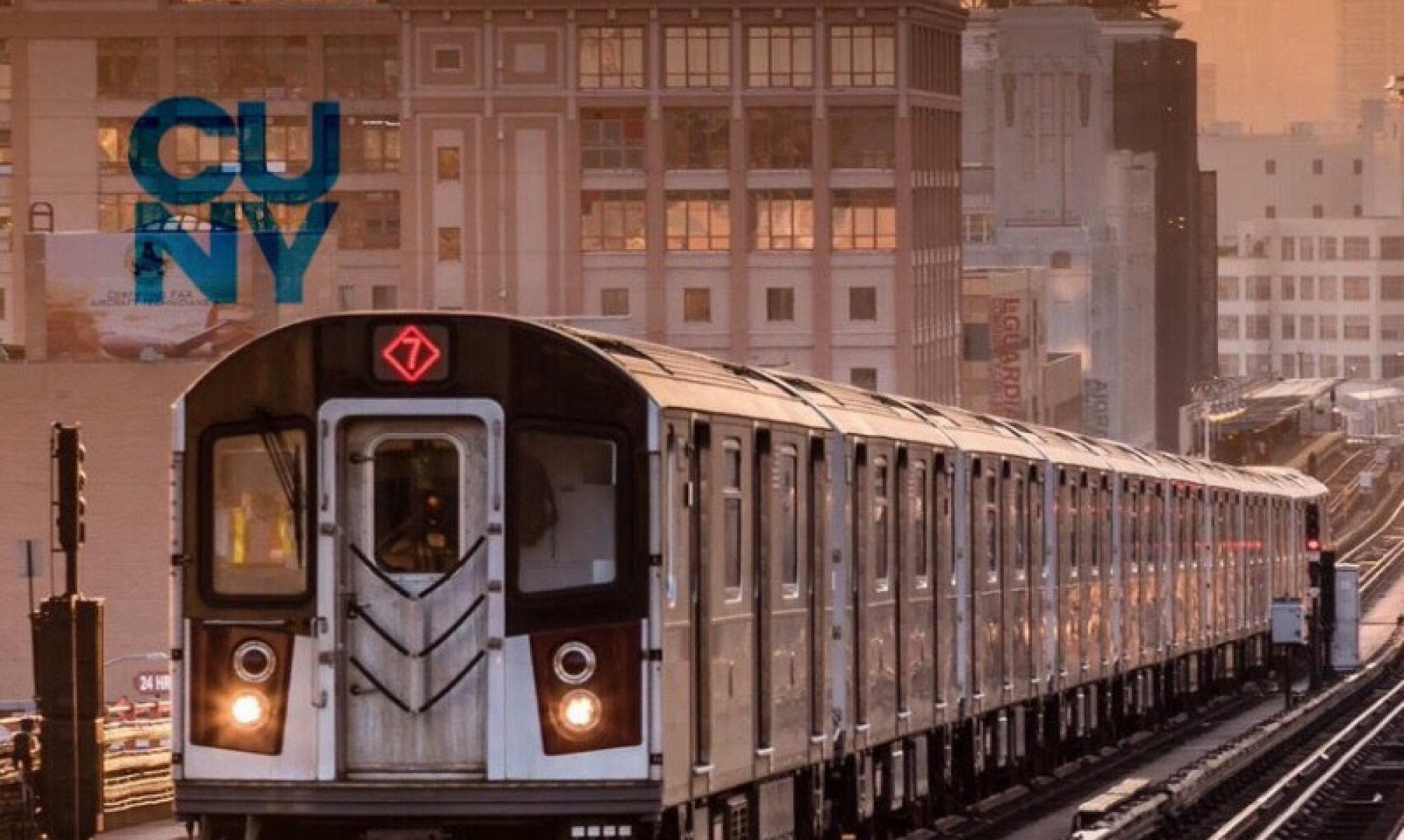Problems
There are many cases where MTA is part of the problem for students that go to public college. Prices were supposed to increase this year and again in 2021 to solve MTA financial problems. Gov. Andrew M. Cuomo achieved to approve the Excelsior Scholarship to 23,000 students in public colleges and universities. The budget was a 87 million fund. This seems a great benefit for students, there was a amount of 75,000 applicants for the fund. ⅓ of the students were denied of the funding. Transit leaders need billions of dollars to make critical repairs, but they believe that increasing fares will solve that. Subway riders are not happy about this because they are being forced to pay for a failing system; delays are worse than ever and services continue to decline. Guse speaks about low-income New-Yorkers getting half priced metro-cards under the new program “Fair Fares.” The program is opened up to low-income CUNY students, veterans and NYC Housing Authority residents by November 2019. Manny students will be able to get their diploma from public colleges while other students will be starved of hunger. Students are taking big loans to pay their tuition. This causes loanees to lose appetite or not even able to afford food. With a 15$ an hour (Minimum Wage) students are not earning enough money to even pay their loans. MTA increased fares on April 21st this year affecting the economy of a lot of people who use MTA services daily. Increasing the price for weekly and monthly metrocards , but also removing the bonus option when purchasing a metrocard. New Yorkers got affected with this increase of metrocard price, but more CUNY students that have to buy a weekly or monthly metrocards to attend classes, and having to pay tuition, books and other expenses and being full time students. The source contains statistics of the National Center for Education Statistics from the U.S. Department of Education. It shows the correlation of students having to pay more in transportation every year. If we compare the numbers for Average expenditure per student transported, we can see that the cost rises from $198 (1980) to $931 (2017). An average full time college student spends $1760 per year in transportation, it is with almost half the average tuition fee paid for the student. Some students claim that sometimes they can’t attend classes because they do not have money for the bus. Although some of the economical problems from college students are not related to MTA, must college students depend on public transportation to go to college. The MTA haven’t improved in the most substantial train and bus stations that leads to public colleges. Students are been force to pay big loans with minimum wage jobs. Big portion of student’s only income goes to the MTA and yet lack benefits for public college students.
Intend & Results
We intended to spread the message that there are benefits to CUNY students that are between 18-64 years old that are employed and are residents of the 5 boroughs of New York City. We practice for 1 hour in front of Barclays Center to see our target audience. Many young adults were cheering our message while walking or standing watching us practice. There was attention towards us. While performing, we saw many people looking from far to see our performance. We felt that our performance was successful to those who understood the message and got the pamphlet with the information.



